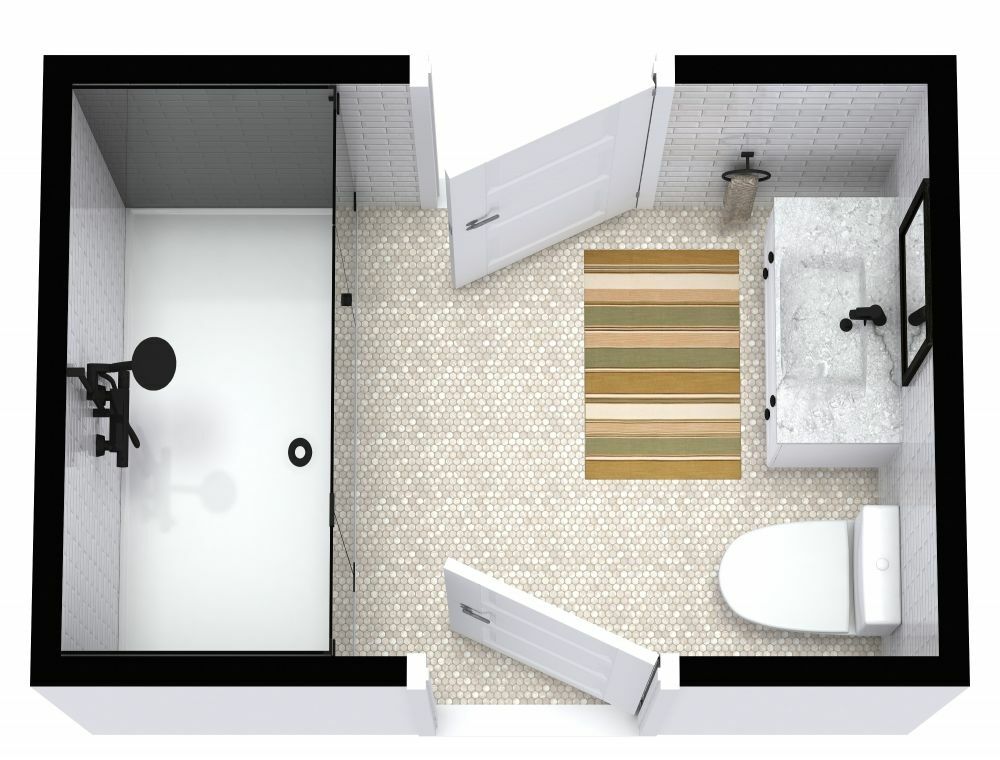You can live three weeks without food, three days without water… but only three minutes without air. For Ohioans who rely on ventilator support—whether invasive or non-invasive—breathing is fragile, precious, and never guaranteed.
Yet today, some of our most medically fragile residents are being placed in nursing facilities with long records of poor care. Homes that struggle with infection control, staffing, and even the basics of daily living are still permitted under Ohio’s Medicaid rules to bill for ventilator care.
That is bad policy. And it must change.
Why Ventilator Care Requires the Highest Standards
- Life-and-death complexity. Ventilator patients require around-the-clock monitoring, specialized staff, and infection-control discipline. This is not a service line that can be layered onto already struggling facilities.
- Infection risk. Residents on ventilator support are uniquely vulnerable. Crowded rooms and poor oversight increase exposure to airborne illness, leading to more hospitalizations and preventable deaths.
- Dignity and privacy. Breathing support is not just medical—it shapes quality of life. Private rooms and adequate staffing are not luxuries; they are the floor of what safe care requires.
And yet, despite this extraordinary level of complexity, Ohio law places no quality-based limits on which facilities can participate. Even facilities with a proven track record of care issues remain eligible to provide ventilator services.
The Inconsistency in Ohio Law
Ohio already recognizes that quality ratings matter. Under the private room incentive program, nursing facilities with the lowest CMS ratings cannot even apply for add-on funding. The logic is clear: why direct dollars toward facilities that consistently fail to meet basic care standards?
But when life is literally on the line, that same safeguard disappears. A facility that cannot qualify for private room funding can still bill Medicaid for ventilator care.
This is backwards. If Ohio holds the line on private rooms—a matter of dignity and modernization—then surely it must demand even tougher standards for ventilator patients, who are among the most vulnerable residents in the entire system.
A Higher Standard for Ventilator Care
At a minimum, Ohio should exclude 1-star facilities from ventilator program participation. But it can do better. Ventilator reimbursement should be limited to facilities rated 3 to 5 stars—those with a proven record of staffing, infection control, and overall quality.
These operators have demonstrated, in general, a commitment to safe care. That commitment should be the threshold before taking on the extraordinary responsibility of ventilator patients.
The Path Forward
Fixing this policy is not complicated. If a facility drops to 1-star (or 2-star), it should lose eligibility for Medicaid ventilator reimbursement. Residents must be safely transitioned to qualified providers within a reasonable timeframe. Medicaid dollars should follow quality—not failure.
Ohio’s Medicaid program has the chance to lead here. By aligning ventilator reimbursement with quality standards, the state can:
- Protect residents from avoidable harm
- Direct funds to facilities that actually deliver safe care
- Reinforce the principle that quality must come first when lives are at stake
The Bottom Line
Ventilator care is not just another service line. It is the very ability to breathe. Ohio must set higher standards for who provides it.
Bad policy has kept the bar too low for too long. It’s time to raise it.




